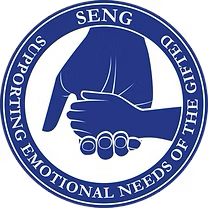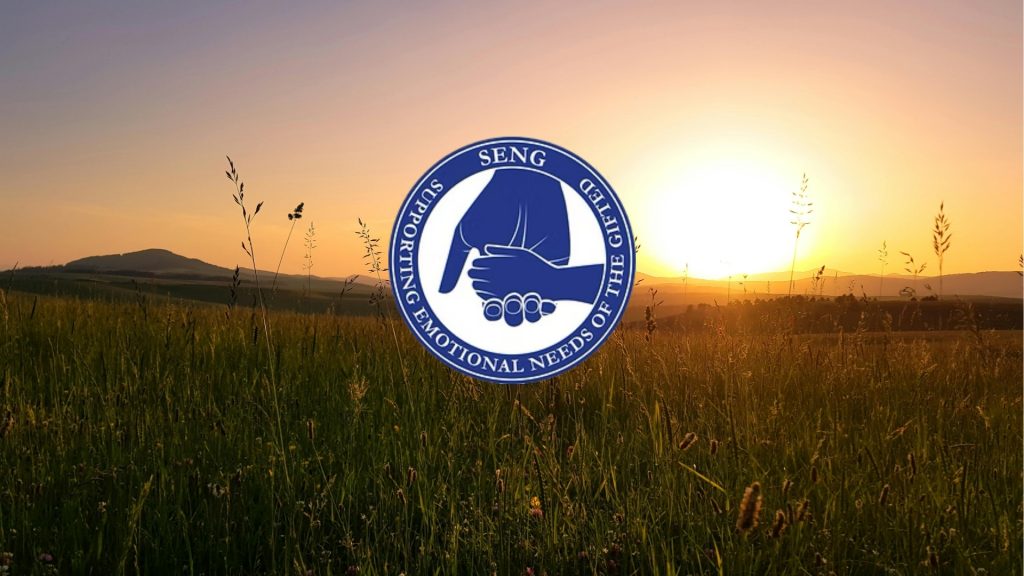According to many researchers, creativity has an elusive relationship to giftedness. Consider the part creativity plays on the stage of life, and look behind its mask. What is creativity? If we can identify the creativity beast, can we capture and measure it? A model within the New Zealand classroom context attempts to measure this elusive, socially constructed concept. Do creativity and giftedness dance a solo or a tango on the dance floor? Do they know the steps, or do they improvise?
There appears to be ongoing debate and discussion about what creativity is and how to identify and enhance it. Many question if it can measured at all. Traditionally, the person, process or product has been the focus in the search to capture creativity and give it meaning. Sometimes products are not accepted at a given point in time: their originality slowly emerges and is only acknowledged and appreciated by new generations. Many famous artists have died in poverty, yet their work is now considered that of a “genius.”
More recent research highlights the importance of socio-cultural factors in defining creativity. According to Fraser (2004), creativity is an essential aspect of humanity. Interpersonal relationships, social communication, and the context in which these interconnections occur, are now seen as building blocks for fostering creativity.
In New Zealand, Mark Dashper and the team at Te Manu Aute have been trialing a new initiative under the New Zealand Ministry of Education Talent Development Initiative. This initiative is based on a webcasting to internet model of rich media delivery of the arts to schools. Data is gathered across the arts and includes music, drama, dance, and visual arts. Teachers and students are able to view classes or presentations live (on-demand), and respond via interactive media. They access resources, and communicate and interact in a differentiated enrichment program that targets all four of the Arts for Gifted and Talented Education. This innovative program (a first, both nationally and internationally) began by attempting to define and measure creativity within the classroom context.
The schools in the trial were supplied with a selection of profiles, identification matrices, and models for identifying creativity. Schools developed their own systems for identifying creativity based on the needs of their students, current research and theory, and support from Te Manu Aute. The observation profiles developed were based on national and international publications and research.
Schools could select to use any combination of six identification tools:
- Observation Profile and Rating Scale, an adapted version of Jill Brandon’s fifteen-point observation profile and rating scale for identifying characteristics and attitudes found in gifted and talented children in the arts.
- Maori Differentiation Scale, an adapted model of Jill Bevan-Brown’s categories of giftedness from a Maori* perspective. This integrates a holistic Maori view of special abilities and includes concepts such as “service to others” and “traditional knowledge and skills,” which are broader attributes than commonly associated with intellectually based definitions of giftedness.
- Rating Behavioural Characteristics, utilizing Renzulli and Hartman’s scale for rating behavioral characteristics of highly creative individuals. This scale measures ability as a defined set of characteristics, and the frequency of their occurrence determines the level of an individual’s skills.
- Indicators for Creative Thinking. Indira Neville adapted the New Zealand Council for Educational Research (NZCER) McAlpine and Reid Creative Thinking Characteristics indicators check list. Schools selected to measure descriptors such as “produces original ideas and products” as a process, through examining drafts of a students work, questions asked by students, and discussions; or as a product, based on what was produced and how original it was in form and content.
- Performance and Submission-based Evidence. Three forms of selection were used including portfolio assessment, authentic assessment, and self assessment opportunities.
- Junior Observation Profile, a profile developed specifically for the junior primary level. This profile did not separate out the arts, but was more general in the traits identified. For example, “dares to be different” and “reflective in self evaluation” were included as general characteristics. (Dashper, 2010).
Feedback on this initiative to date has been favorable towards the Maori Differentiation Scale and the Indicators for Creative Thinking (using the process indicators). Interestingly, many schools reported their gifted and talented students in the arts enjoyed the journey (process) more than reaching their final destination (product). Some students mastered the process early and did not necessarily want (or need) to complete a final product. The primary schools tended to favor the more generalized Junior Observation Profile, while the high schools required more subject specific measurements for individual areas of the arts. Overall, the Observation and Rating Scales were reported to be the most popular and adaptable measures in capturing the creativity beast within New Zealand classrooms in this trial.
Creativity is a difficult beast to capture precisely because it has many different manifestations, conceptions, and interpretations. As a socially constructed concept, it can be difficult to define and identify across cultures. Predicting who will be creative in adulthood from childhood traits or behaviors has proved difficult, even in retrospective studies of prodigies (Van Tassel-Baska, 2008). Research suggests creativity and giftedness are often interwoven and, as such, may dance a tango. Who leads this dance is very much up for debate; however, it would seem both giftedness and creativity improvise the dance as they evolve. They may even compose their own music…
If you would like further information or a copy of the profiles developed by Te Manu Aute, please visit www.temanuaute.org.nz.
*Maori are the indigenous people of New Zealand
References
Dashper, M. (2010). Measuring creativity in the arts. Tall Poppies, 35 (3), p16-17.
Fraser, D. Creativity: Shaking hands with tomorrow (2004). In D. McAlpine & R. Moltzen (Eds.), Gifted and talented. New Zealand perspectives (2nd ed., p145-169).
Van Tassel-Baska, J. (2008). Creativity as an elusive factor in giftedness. Tall Poppies, 33 (2), p31-35.

